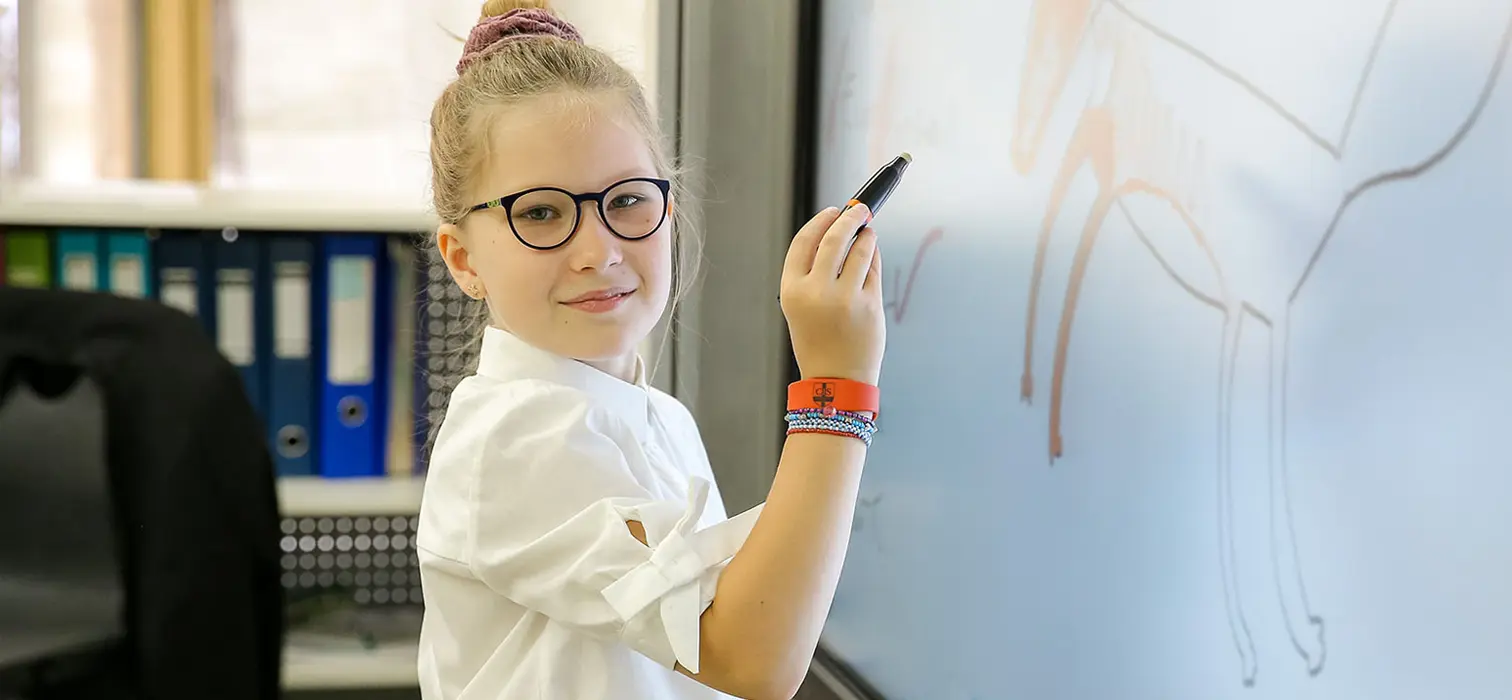Who are bilinguals?

When parents send their child to children's specialized institutions with the study of a chosen foreign language, they often expect quick and noticeable results, and as a result - that one day the heir, as if by magic, will speak a foreign language as fluently as the native speakers do.
Being fluent in two languages at the native level is a great advantage in "adulthood", expanding the boundaries of opportunities and career prospects. Is it possible?
In theory, yes, but only if the training is accompanied by immersion to the language environment - for example, such as the one proposed by the British school CIS International School, which has campuses in Moscow, St. Petersburg and Tashkent (English with native speakers, studying and communication - call right now and find out the admission process details).
With a depth study of a foreign language when there is a possibility of everyday communication, bilingualism can develop. Who are bilingual children, what are their benefits, and what challenges can they face?
Natural and artificial causes of bilingualism
Speaking two languages at the level of a native speaker, or bilingualism, has many classifications, but one of the main ones can be considered the one based on the age and the mechanism of language acquisition. On this basis, two types of bilingualism exist:
- early or natural - arising if two languages are present in a child’s life from his birth (for example, in international or emigrant families: in the first case, the speech of the father and mother is different, in the second - the language used within the family, differs from the language of communication with others);
- late (acquired) - arises against the background of the acquisition of a foreign language as a second native at a later age (for example, in emigrant children who in a new country immerse themselves in the language environment, learning a new communication tool directly in culture).
Scenarios that lead to bilingualism can be different, including inviting a foreign nanny in raising a child, placing him in a specialized institution (for example, in a kindergarten with teaching in a foreign language), etc.
Acquired bilingualism and ordinary learning of a second language must be distinguished: bilinguals master vocabulary and grammar not through textbooks, but socialization.
At the same time, scientists believe that the probability of 100% mastering of "foreign" language constructions and phonetics significantly decreases upon reaching the age of 8-11 years - even if there is a move to the country of the language being mastered and/or adoption by native speakers.
Bilingual child: pros and cons
The most serious scientific research prove that children's bilingualism is a very positive factor: bilingual children are marked with flexible thinking and a deeper understanding of the linguistic structure, they often become polyglots.
They are more successful than their monolingual peers in performing tasks that require the higher-order cognitive processes (for example, while processing information of the verbal and visual types), they have a more developed memory.
Learning the history, mental, social, and cultural norms of two different linguistic communities from childhood, natural bilinguals get a more convex picture of the world, thus social interaction is easier for them. According to psychologists, they can learn twice as fast as their peers and are more open to learning everything new.
So, should we just say that bilingual children are "lucky"? This would not be entirely true since there is also a dark side of that.
The most common problems with bilingualism are:
- slow speaking abilities development (such babies may, lagging behind their peers, not speak until three years old, since both languages must take "their place" in their head - however, later they develop linguistic skills very quickly);
- the child's choice of the main language for himself, using the second only as a spoken language and not wanting to master reading and writing in it;
- mixing of languages (usually occurs at the age of 3-4 years);
- lack of balance between languages due to the wrong approach to teaching.
It is possible that as a result, child will speak both languages with accent. Also, psychologists have reason to believe that bilingual children are less resistant to stress.
How to overcome the problems of bilingualism
To minimize the complications accompanying bilingualism in preschool children, it is necessary, first, to choose the best upbringing option and strictly adhere to it. The next step is to follow several simple rules, namely:
- never correct the first mistakes (especially in the presence of strangers), let the child express the whole idea, even if he mixes languages;
- consider the importance of immersion in the cultural environment of the language, talk more about the history and traditions of the countries;
- use age-appropriate learning methods, from fun flashcards and cartoons to progressive grammar exercises.
The learning process should be fun, unobtrusive, and not tiring. If we are talking about the purposeful learning of a second language by a kid, motivation will be in help - an explain the importance of classes, encourage for the successes achieved.
And of course, raising a bilingual child, like any kid, requires patience, love and care, and a guaranteed result can only be ensured by involving professionals in the process, including visiting specialized preschool institutions.



